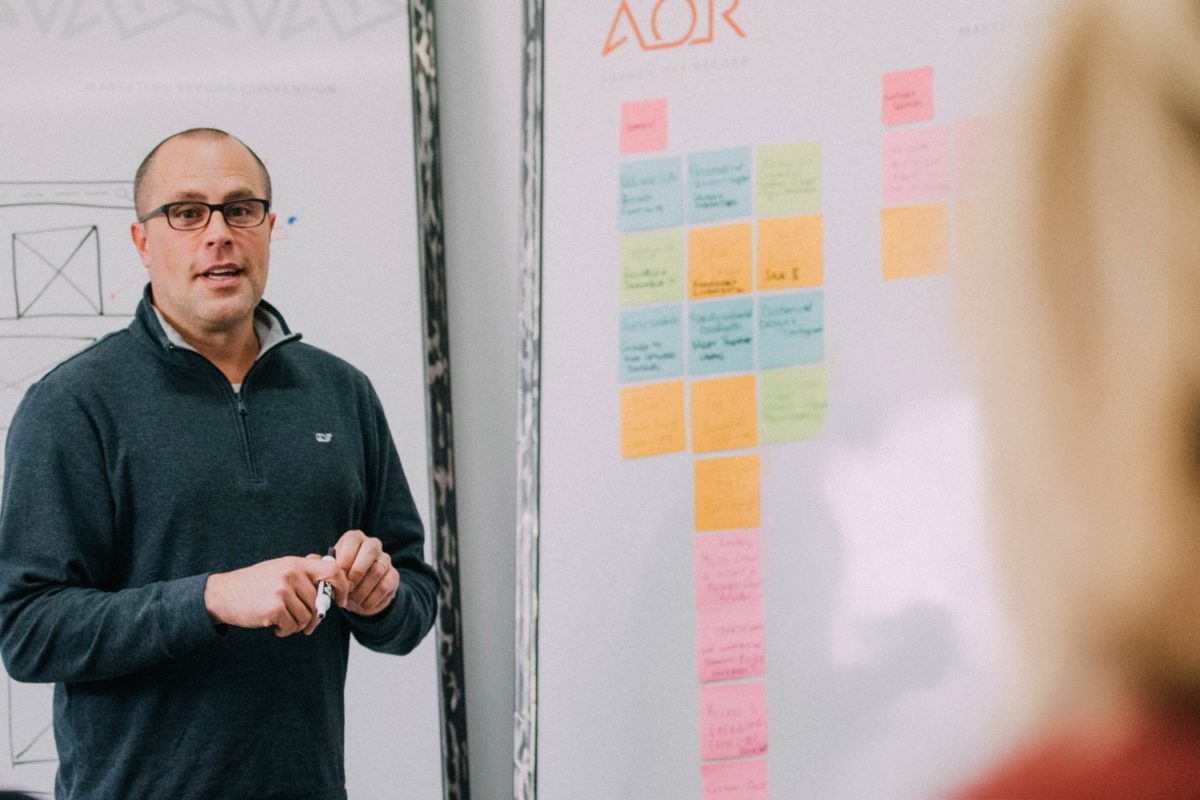
In a previous post, we examined the beginning stages of one of the most challenging projects a branding agency can face: refreshing our own brand. Having completed that first step and achieved the mind-set necessary for the larger undertaking, we’ll now take some longer strides into our branding process so you can see what it takes to get this cobbler’s kid some shoes.
To create an accurate and engaging brand story, we first have to get to know you and your company. To help us uncover your who, what, and raison d’être, we’ll first guide you through a number of interactive exercises designed to elicit candid responses in some key areas, such as:
Once we have answers to these questions, we’ll group similar responses. We’ll dig deeper with questions about the most common answers and examine the outliers to better narrow the focus in each area. In our case, we know ourselves pretty well, so we were ahead of the game (or so we thought).
Then we remembered that part of what we do is challenge assumptions. We know all too well that you can be too close to your brand to truly see it for what it is. It’s our job to use what we learn in these sessions and balance that against competitive and SWOT analysis and survey data to develop a more objective model of your business, which we can then use as a road map to craft your brand story.
Now that we’ve started to identify the who, what, and why—the bones of your business—we’ll start to flesh things out a bit more with exercises intended to help us gauge a visual direction. With a guided group discussion on admired brands, design aesthetics, and color psychology, we’ll begin to see how the feedback aligns with the story we started developing above.
Your competitors will also be subjected to this litmus test so that we may determine opportunities to differentiate you visually. For example, you may like really like the color blue. But if 50% of your competitors are using blue in their logo and visuals (we’ve seen it happen), you’d do well to like it a bit less and stand out from the crowd.
Although your brand is much more than just the visuals, they’re a large part of how you’ll initially be identified and perceived in the marketplace. Like it or not, presentation matters. So, if you have a visual identity that’s poorly designed, disjointed, or sloppy, there’s a good chance your business will be judged by that benchmark.
For AOR, we’re trying to squeeze these processes in among the priorities of client work, meetings, conflicting schedules, and girding our livers for our annual client party—but the cobbler is most definitely awake and busily tinkering away in his workshop.
We’ve been through all the steps outlined so far, and there’s still a fair bit left to do, but we’re chomping at the bit to get everything we’ve learned into development.
Read part III of our branding process “Brand Evaluation: Shoeing the Cobbler’s Children Part III”